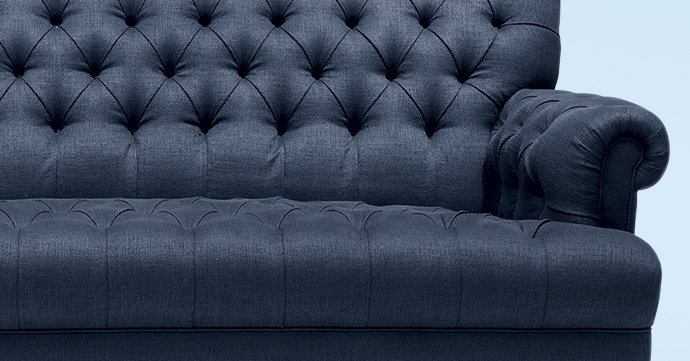
How to value Antique furniture?
Aunt Minnie, bless her heart, put you in her will. That’s the good news. The not-so-good-news is that you don’t have clue whether that purple velveteen settee is a valuable antique or just a really ugly piece of truly uncomfortable furniture. The following tips will help you take the guesswork out of dealing with furniture and other items left to you by the dearly departed.
Have It Appraised
No need to wait for Antiques Roadshow to come to your town. Leslie Haggin Geary, a writer for CNN/Money, has a better suggestion. “It takes an appraiser to know whether you’ve got a one-in-a-million treasure or a run-of-the-mill trinket. But finding such a pro can be daunting.” Appraisers are not licensed, so anyone claim to be one. She recommends the following steps for picking a pro:
- Don’t rely on an Internet appraisal. A professional will need to see the actual item to value it.
- Ask for references and check them out. A legitimate appraiser won’t be offended. Reputable auction houses and professional associations such as the American Society of Appraisers are good resources.
- Hire someone who specializes in what you need appraised. You don’t want a furniture specialist appraising a coin collection.
- If the appraiser offers to sell your item, walk away; that’s a conflict of interest.
- Get the appraisal in writing, with a clear statement, not an estimate, of your item’s worth, along with a description of the methods used to make the appraisal.
Geary points out that a reputable appraiser will typically charge by the hour, with rates ranging from $100 to $300 per hour, depending on where you live. So you might want to do a bit of your own research, using general references such as Ralph Kovel’s book, Know Your Antiques before you decide to invest in a professional appraisal.









